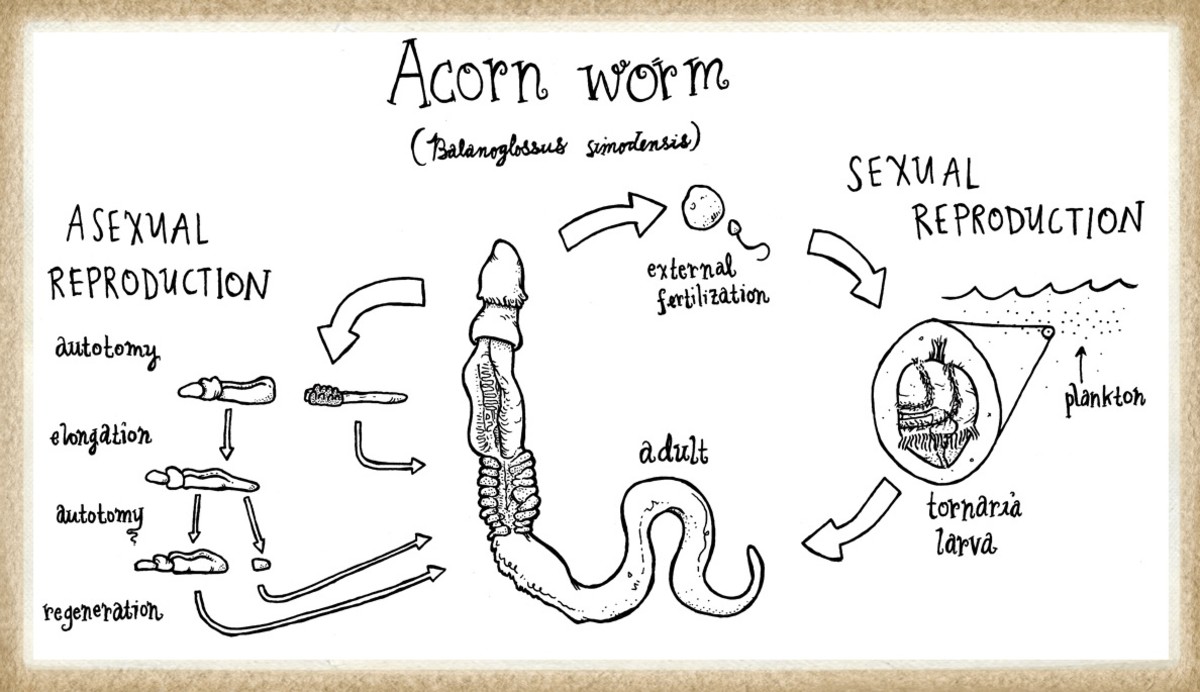
We planted some hickory trees out back that are doing pretty well and may start producing nuts within the next few years, I hope that the weevils don’t get all of them. In addition to hollowing out acorns, they are also known for attacking hickory nuts. I suppose it is possible that they keep laying eggs until fairly late. Nevertheless, most weevil and moth larvae developed singly in acorns during the high crop year, suggesting that the availability of acorns led to lower competition for oviposition. With this lifecycle, the only way that finding an adult in September makes sense is if it was a late survival from the summer that simply hadn’t died yet. Acorn size is an important determinant of the number of weevil larvae developing in the same acorn and the final size attained by weevil and moth larvae 35,36. According to Iowa State University, the grubs normally come out of the nut, burrow into the ground, overwinter, and then come out as adults in the spring, laying eggs over the summer. This adult weevil was found in mid-September, while those grubs were found in early October. Although, now I am kind of wondering about the timing. In fact, I think that we have already seen the grubs of this type of weevil before, living inside of acorns. When the acorn falls to the ground, the weevil larvae chew their way. After the eggs hatch, the larvae begin feeding on the inside of the acorn, which can make the acorn non-viable. They then lay an egg in the hole and plug it to camouflage their work.

I like the way that the antennae are actually attached way down at about the midpoint of the snout, and not up near the eyes like they are for most beetles.īased on the specific shape and color of the snout, I think this is most likely one of the Acorn Weevils in the genus Curculio Adult acorn weevils chew a small hole in the acorn while it’s still attached to the tree.

Its body was about the size of a grain of wheat, and the snout was about as long as its entire body. Rosie caught this weevil for me on September 19, 2016.


 0 kommentar(er)
0 kommentar(er)
